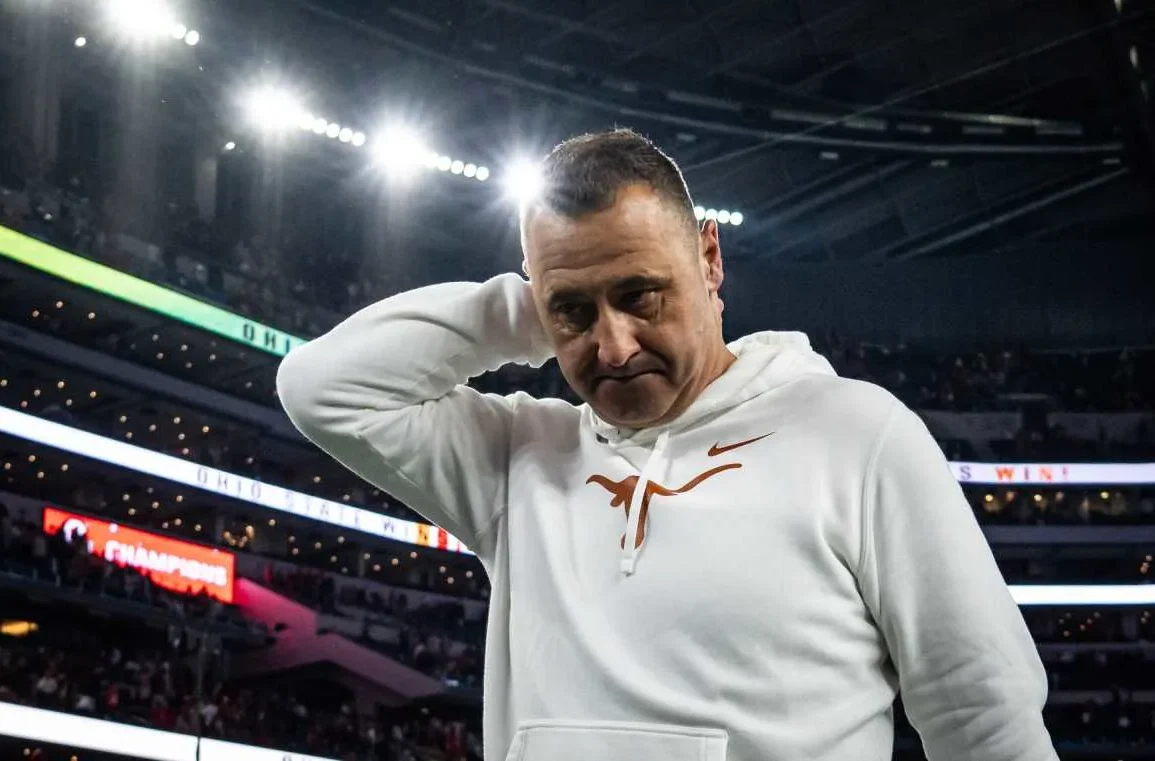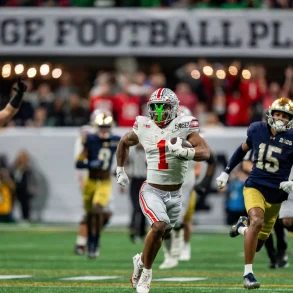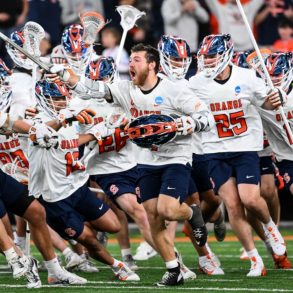The University of Texas at Austin’s athletic department is renowned for its substantial financial resources, particularly within its flagship Texas Longhorns football program. Often cited as having among the best amenities in the country, the Longhorns are seen as a symbol of financial strength in collegiate athletics.
This reputation has become even more prominent with the rise of name, image, and likeness (NIL) opportunities, which have led to increased investments in football and other high-profile sports across the nation.
NIL Spending Soars as Texas Denies Reported $40 Million Football Roster Cost
Programs nationwide, such as Ohio State, have significantly increased their financial commitments in the NIL era, with reports indicating the Buckeyes spent over $20 million to assemble a championship-caliber roster. In this fiercely competitive environment, Texas was rumored to have matched or even surpassed that amount. However, the accuracy of claims suggesting a $40 million expenditure by the Longhorns was quickly called into question.

Texas head coach Steve Sarkisian denied the widely circulated claim that the Longhorns’ roster cost $40 million. Referring to a Houston Chronicle report, Sarkisian pointed out that the team’s expenses—including NIL collective payouts and revenue-sharing funds—were closer to $25 million. He criticized the $40 million figure as a product of “irresponsible reporting” and emphasized that only one anonymous source had made that claim.
High Spending Becomes the Norm as Texas Competes in a Financially Driven Era
Sarkisian acknowledged the current financial state of college football, noting that major programs across the country are pouring significant resources into acquiring top players. He recognized that high spending has become a standard practice in the sport and described it as an unavoidable part of today’s game. His comments showed an understanding of both Texas’ role and the overall competitive nature of college football.
Despite the speculation about its spending, Texas has backed its financial investments with strong performances on the field. The Longhorns reached the College Football Playoff in the past two seasons, advancing past Clemson and Arizona State before falling to Ohio State in the semifinals of the latest campaign. Sarkisian joked that an extra $15 million might have helped them go further, underscoring both the competitiveness of elite programs and the growing importance of financial resources in college football success.







